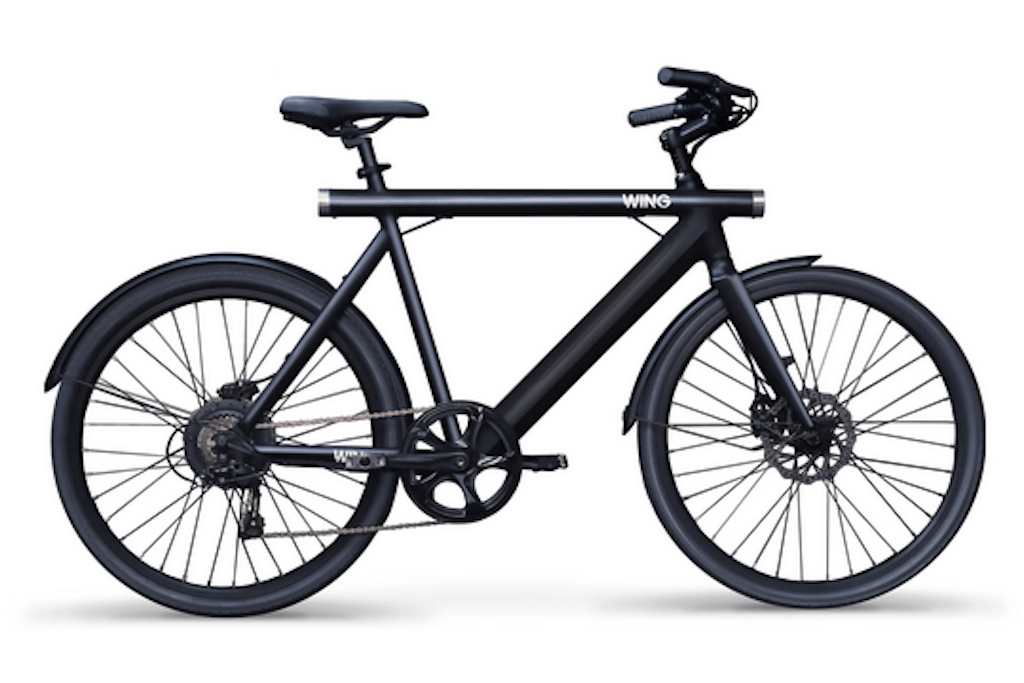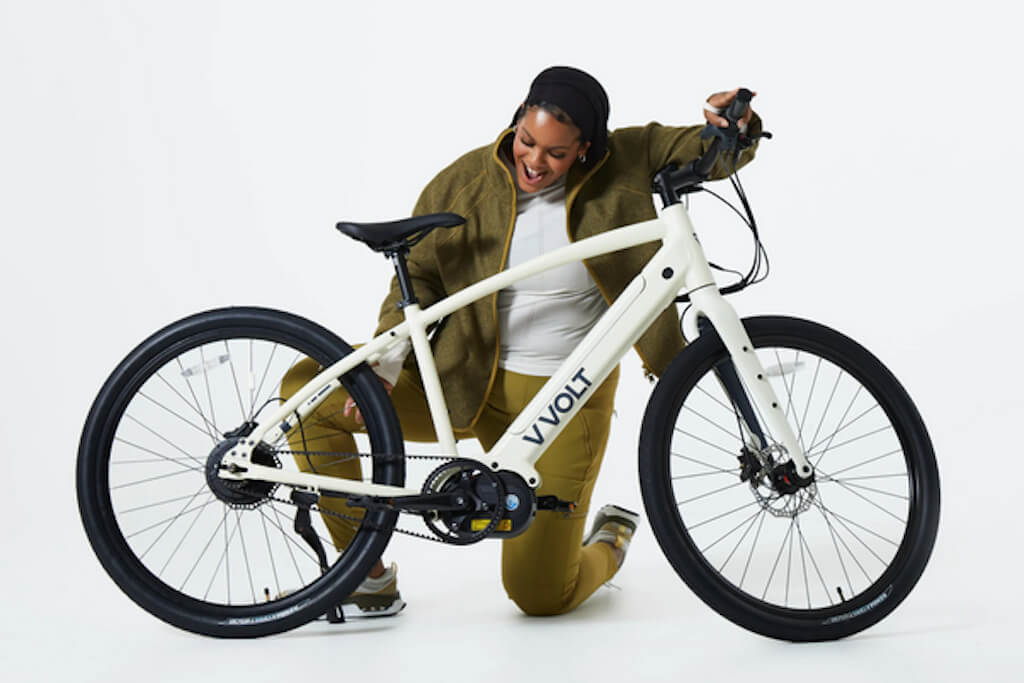Autumn Gear Guide
Find inspiration in our Gear Guide that will keep you out on your bike through wind or rain.
Download NowYes, Black Friday is a big thing so why not take advantage if in the market for a sweet new bicycle? Here are a few awesome brands with Black Friday on the brain worth looking into it this week. Priority 600 We love Priority, makers of fine city and commuter bikes featuring Gates carbon belt […]
Yes, Black Friday is a big thing so why not take advantage if in the market for a sweet new bicycle? Here are a few awesome brands with Black Friday on the brain worth looking into it this week.

We love Priority, makers of fine city and commuter bikes featuring Gates carbon belt drives. This Priority 600 is one of the brand’s best and most unique bikes, and the price is dropping a cool $100 for Black Friday.
The 600 is named for its massive 12-speed, 600% gear range that’s equivalent to a traditional 30-speed bicycle with no overlap—held within a sealed, ultra-durable Pinion gearbox mounted in the center of the bicycle.
Like all of Priority’s bikes, the 600 features a Gates Carbon Drive as well as fenders and hub-powered lights for commuting, wide bars for the trail rider, and 650b wheels and tires for everything in-between. This bike is a commuter by day and a gravel grinder on weekends. So good. To check it out, click here.

Wing electric bikes offer some of the most unique and fun e-bikes on the market. And, right now, leading up to Black Friday, this brand is having a massive sale.
The flagship model, Freedom 2, offers Wing’s characteristic sleek design with a built-in cadence sensor, a handlebar mounted digital display, integrated lighting, Shimano cassette and shifters and a powerful Panasonic battery that offers a top range of 60 miles. The 36V/550W Bafang motor boasts 45Nm of torque.
Right now, the Freedom 2 is offered up at $998, a whopping 40 per cent off the regular price of $1,698. Click here for details.
Looking for a e-bike to tackle winter and offer a heap of good times as well? There is also Wing’s Freedom Fatty model offering significant Black Friday savings. This fat-tired e-bike offers all kinds of features that make it an ideal option for commuters including integrate lighting, full fenders, a throttle, motion alarm, and more. It has a 25 mph top speed with a range up to 60 miles.
For Black Friday, save $700 on the Freedom Fatty model. Click here for details.
This brand makes some fantastic bikes including top-drawer cargo bikes. This month, Bike Friday is offering what they have dubbed “gratitude specials.”
“Here is the deal. We think November 25th “Black Friday” is a day to ride your bike and spend time with loved ones. We offer this month of Gratitude Specials up front. Look them over and decide what suits you best. On ‘Black Friday’ November 25th spend time with those your cherish in your life,” states the Bike Friday site.
This week there is a free handlebar upgrade up to $175 Next week, Nov. 21-30 there is free shipping up to $150. Enjoy!
Looking for a simple and straightforward e-bike with low maintenance and good quality? Vvolt might be worth a look. And, right now, thanks to an early Black Friday promotion, would-be purchasers can save $200 to $500 on each bike as long as it’s a “chalk” or white model.

For instance, the Alpha has everything in a comfortable and durable e-bike for the city. It has five levels of pedal assist via a lightweight 375wh battery and rear hub drive proving a 20-40 mile range. It also has just one gear and a belt drive, cutting down on maintenance.
If something with more power is needed, there is the Vvolt Centauri, which is a great option for daily commuters. This is still a fairly simple and comfortable e-bike. For instance, it has an Enviolo internal gear hub with a twist shifter as well as a Gates belt drive, and hydraulic disc brakes. But, it has a bit more going on with the onboard computer with Bluetooth so riders can pair the bike with the Xplova phone app to do things such as customize motor support and display vital stats.

The Centauri has an integrated 10.4Ah/375Wh downtube battery. It’s a class 1 e-bike meaning a top speed of 20 mph, but there is a free upgrade to a class 3 if looking for more speed.
Right now, the Centauri is $500 off. Click here for details.

Looking for an e-bike to tackle any terrain? This beast will get it done. The RadRover 6 features a 750w motor, can carry 275 pounds and has an advertised range of 45 miles per charge.
The class 2 e-bike has big, burly fat tires, a step-through frame design, a semi-integrated battery, front suspension and hydraulic disc brakes.
It’s on sale now for $700 off the list price. Check here.

This is a nice class 1 e-bike ideal for city cycling. It features a 28 mph top speed, a 40-mile range, suspension, and a rack and fenders are included. Everything you need to make city commuting easier this fall.
And, right now, would-be purchasers can save $300. Check it out here.
Find inspiration in our Gear Guide that will keep you out on your bike through wind or rain.
Download Now
Leave a comment